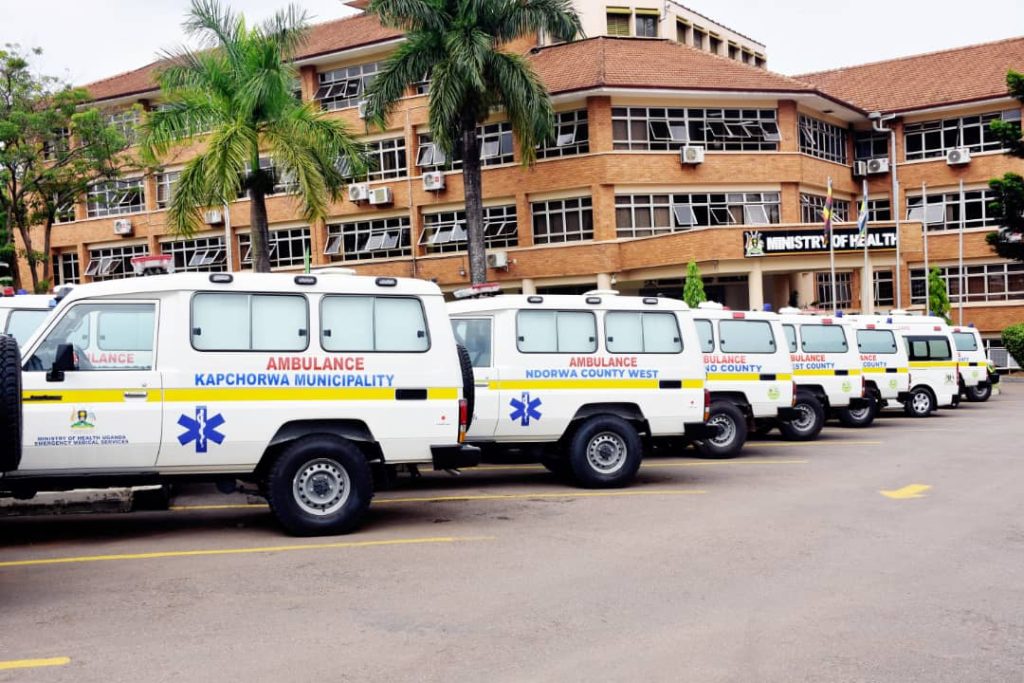The recent flag-off of 116 ambulance vehicles by the Ministry of Health signifies not just an augmentation of emergency medical resources but a remarkable shift in Uganda’s healthcare landscape. This initiative, led by Dr. Diana Atwine, the Permanent Secretary, highlights a concerted effort to transform the country’s emergency response system, evolving from basic transport vans to equipped, life-saving ambulances.
Dr. Atwine’s announcement regarding the transition is significant. By 2016, Uganda possessed 173 Type A Road Ambulance Vehicles, serving merely as patient transport vans with minimal emergency care capabilities. However, the country has now surged ahead, boasting 187 Type B Road Ambulance Vehicles equipped with Basic Life Support tools, 4 Type C Road Ambulance Vehicles with Advanced Life Support equipment, 11 Type B Boat Ambulances, and 3 Type C Boat Ambulances. This stark evolution underlines the government’s commitment to phasing out outdated ambulance models and replacing them with advanced, fully-equipped vehicles.

The shift is a testament to Uganda’s dedication to enhancing emergency medical services. The shift from basic vehicles without standard equipment to advanced ambulances equipped with life-saving tools signifies a conscious effort to prioritize the well-being of citizens during emergencies. It’s a leap from mere transportation to providing critical care on the move.
Dr. Atwine’s vision, aiming for a fully operational National Ambulance Service by FY 2025/26, reflects the government’s forward-looking approach. The significance of this milestone extends beyond the numbers; it represents a comprehensive strategy to address emergency medical needs, aligning with global standards of care and response.
The inclusion of boats as ambulance vehicles also underscores a holistic approach to addressing emergencies, particularly in regions accessible only by waterways. This diversification of resources demonstrates a nuanced understanding of Uganda’s geographic diversity and a commitment to ensuring emergency care reaches even the most remote areas.
As Uganda moves towards this new era in emergency medical services, the focus remains on efficient utilization and adherence to stringent guidelines for ambulance usage. Dr. Atwine’s emphasis on proper management and utilization, including trained personnel and approved protocols for ambulance dispatch, signifies a holistic approach to maximizing the impact of these life-saving resources.
The shift from basic transport to advanced care within the ambulance fleet is not just a numerical upgrade; it’s a paradigm shift towards ensuring that every Ugandan, regardless of location or circumstance, has access to critical and timely medical care during emergencies.










